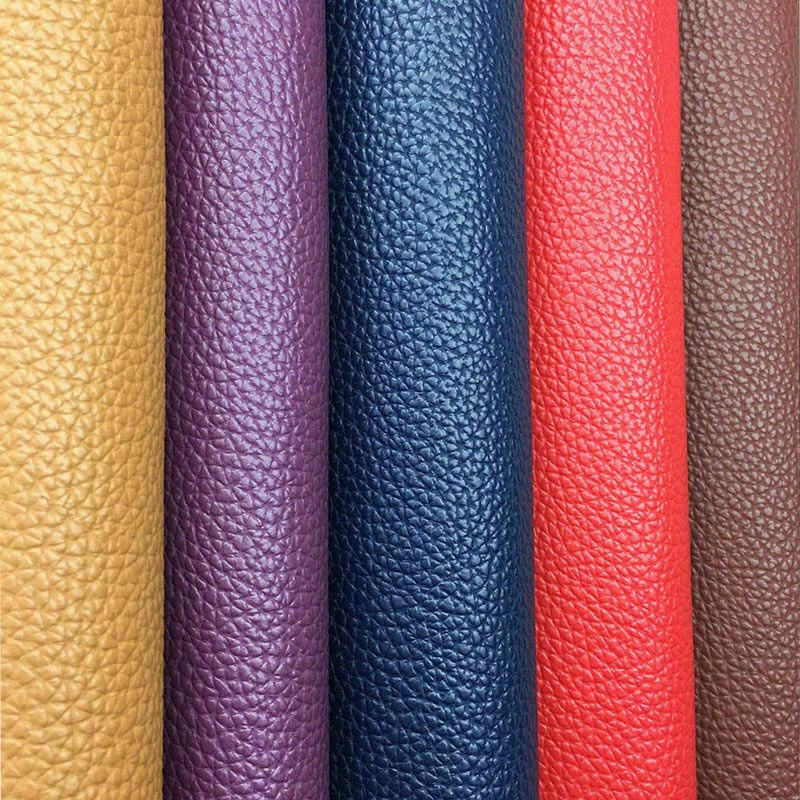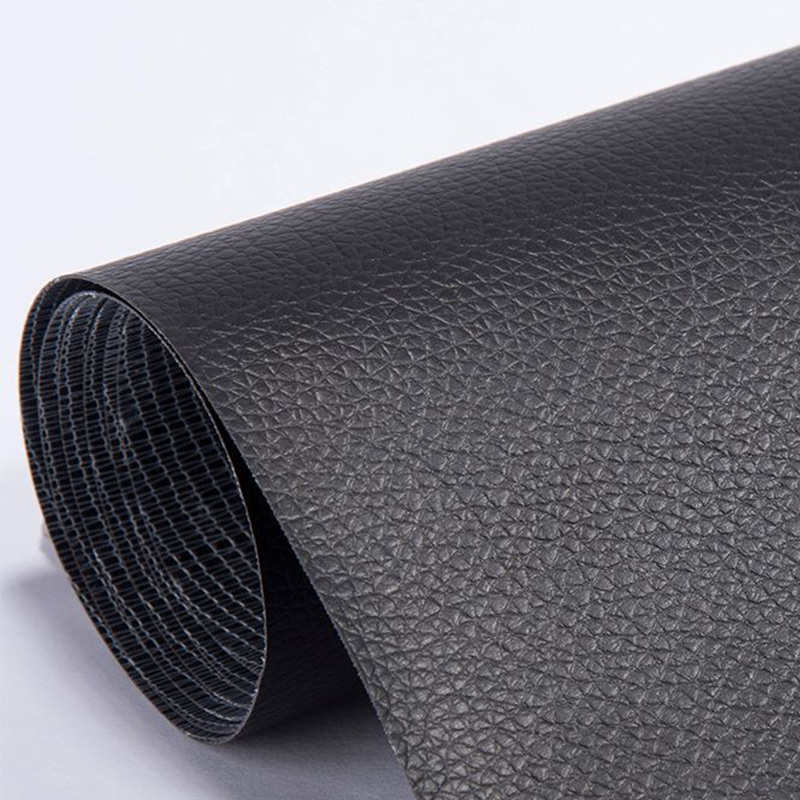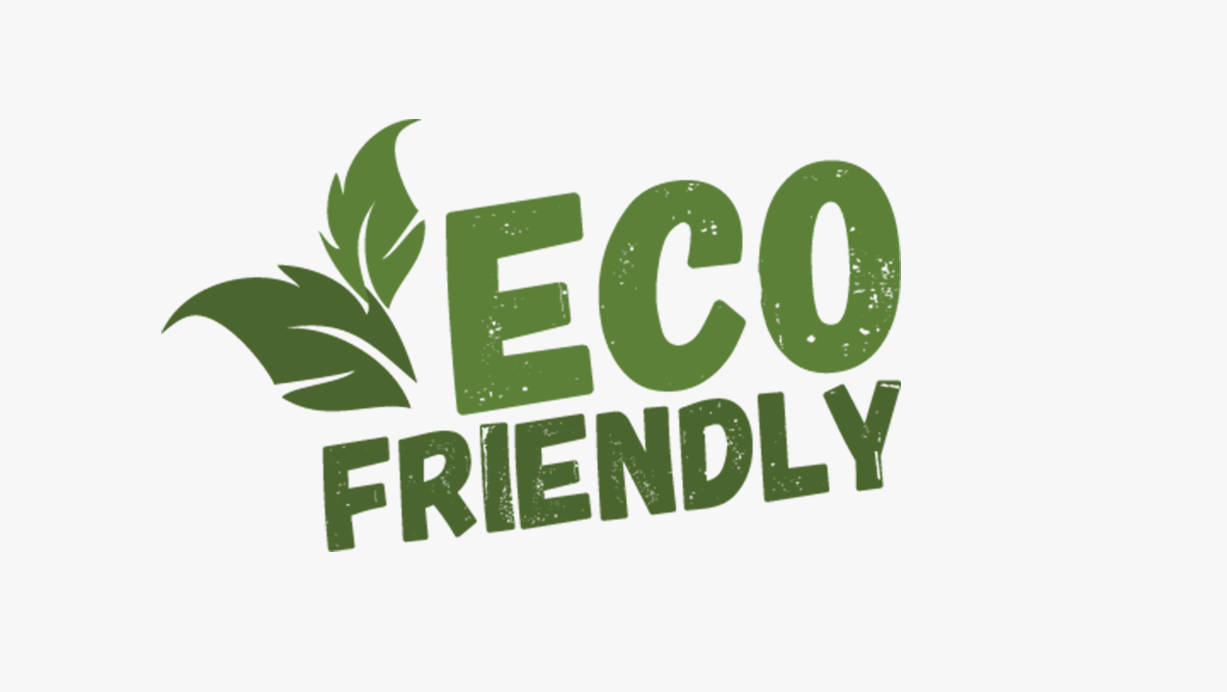El cuero artificial, también conocido como cuero sintético o piel sintética, es un material sintético que imita la textura del cuero animal sin contener componentes de origen animal. Gracias a su excelente resistencia al agua y durabilidad, se utiliza ampliamente en la industria de los bolsos.
Materiales comunes utilizados en cuero artificial incluyen PU, PVC, poliéster, poliuretano y ciertas fibras naturales derivadas de plantas.
Cuero de PU
El cuero PU se fabrica mediante dos métodos: procesamiento en seco y procesamiento en húmedo. Si bien los procesos difieren, ambos implican el recubrimiento de un tejido base con poliuretano.
 |
 |
Cuero de PVC
El cuero de PVC se produce aplicando una capa de cloruro de polivinilo sobre un soporte de tela. Comparado con el cuero de PU, el cuero de PVC es más resistente, pero ofrece menor transpirabilidad.
Cuero de microfibra de poliéster
Este material combina fibras ultrafinas de poliéster con poliuretano, lo que da como resultado un producto suave y duradero. Sin embargo, suele ser más caro.

Cuero de origen vegetal
La transformación de residuos vegetales en cuero es una tecnología relativamente nueva, desarrollada en los últimos años. Este método reutiliza los residuos vegetales para crear alternativas de cuero respetuosas con el medio ambiente. Entre los materiales vegetales más comunes se encuentran los residuos de manzana, el micelio de hongos, el cuero de corcho y las fibras de piña. Estos materiales se caracterizan por su degradabilidad natural y sus elevados costes de producción.

Derechos de autor
@2024 Synberry Bag & Package Products Co.,Ltd Reservados todos los derechos
.
 RED SOPORTADA
RED SOPORTADA
